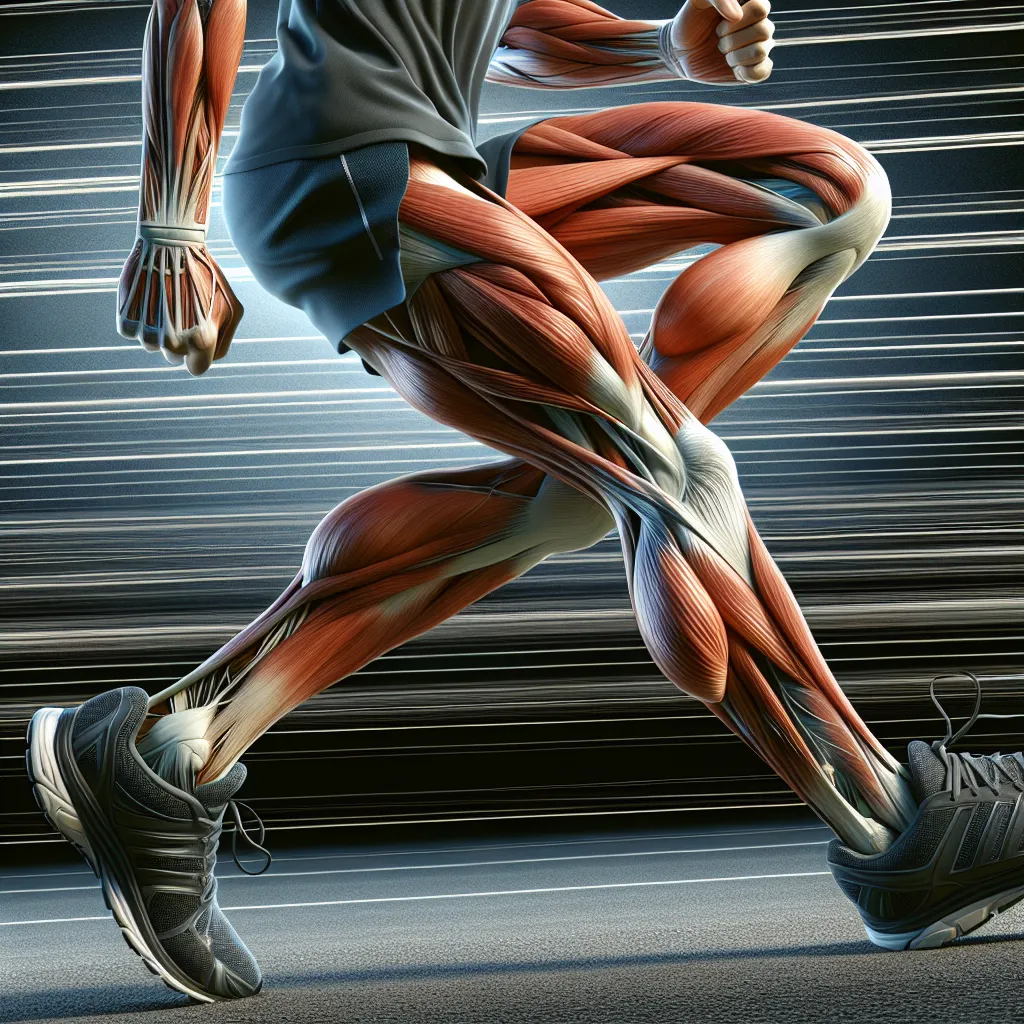Biomechanics (noun) /ˌbaɪəʊmɪˈkænɪks/
Definition: The study of the mechanical laws relating to the movement or structure of living organisms.
Understanding the Context of Biomechanics
Biomechanics is a fascinating field that combines biology and physics to analyze how living organisms move and function. This interdisciplinary subject is increasingly relevant in various IELTS topics, particularly in sections related to science, sports, and health. Let’s explore some examples to better understand how this term is used in context.
Examples in Context
- The biomechanics of running has been extensively studied to improve athletes’ performance and reduce injury risks.
In this sentence, biomechanics is used to describe the scientific analysis of running, highlighting its application in sports science.
- Researchers in biomechanics are developing advanced prosthetics that mimic natural human movement more accurately.
Here, the term is associated with medical technology, showcasing its relevance in healthcare and engineering.
- Understanding the biomechanics of fish swimming has led to innovations in underwater vehicle design.
This example demonstrates how biomechanics can be applied to study animals and inspire technological advancements.
- The course on biomechanics covers topics ranging from joint mechanics to the analysis of gait patterns.
This sentence illustrates the educational context of biomechanics, indicating its presence in academic curricula.
- Ergonomic furniture design relies heavily on principles of biomechanics to ensure comfort and prevent musculoskeletal disorders.
Here, biomechanics is linked to everyday applications, showing its relevance in improving human comfort and health.

Frequency in IELTS
While “biomechanics” itself may not be extremely common in IELTS exams, related concepts often appear in Reading and Listening sections, particularly in passages about sports science, medical advancements, or biological studies. In the Writing and Speaking sections, it can be a valuable term to use when discussing topics related to health, technology, or scientific research.
Analyzing the Vocabulary
Word Structure
- Bio- (prefix): relating to life or living organisms
- Mechanics (root): the branch of physics dealing with motion and forces
Understanding this structure can help you recognize and remember similar terms like biophysics or biomaterial.
Synonyms and Related Terms
- Kinesiology
- Ergonomics (in human contexts)
- Movement analysis
- Biophysics (broader field)
Antonyms
While there isn’t a direct antonym, contrasting fields might include:
- Static biology (focus on structure rather than movement)
- Theoretical physics (as opposed to applied physics in living systems)
Techniques for Memorizing “Biomechanics”
Mind Mapping
Create a mind map with “Biomechanics” at the center, branching out to related concepts:
- Sports Science
- Injury prevention
- Performance optimization
- Medical Applications
- Prosthetics
- Rehabilitation
- Animal Studies
- Locomotion
- Flight mechanics
- Engineering
- Robotics
- Bionics
Creating a Story or Image
Imagine a scientist (representing “bio”) working with gears and levers (representing “mechanics”) to design a perfect running shoe. This image combines the biological aspect with mechanical principles, encapsulating the essence of biomechanics.
Practicing Biomechanics Vocabulary
Application Exercises
-
Write a paragraph about how biomechanics could be used to improve workplace ergonomics.
-
Describe a recent advancement in sports technology that relies on biomechanical principles.
-
Discuss how understanding the biomechanics of birds could influence aircraft design.
IELTS-specific Practice
For the IELTS Writing Task 2, consider this prompt:
“Some people believe that technological advancements in sports equipment give athletes an unfair advantage. To what extent do you agree or disagree?”
In your response, you could discuss how biomechanics plays a role in developing sports equipment, analyzing both the benefits and potential ethical concerns.
Repetition and Review
To ensure long-term retention, revisit the term “biomechanics” and its related concepts regularly. Try to use it in conversations or writing exercises at least once a week.
Conclusion
Mastering the term “biomechanics” and its applications can significantly enhance your vocabulary for the IELTS exam, particularly in science and technology-related topics. By understanding its context, analyzing its structure, and practicing its use, you’ll be well-equipped to incorporate this sophisticated term into your English language repertoire.
Remember, the key to truly mastering vocabulary is consistent practice and application. Try to identify examples of biomechanics in your daily life or in news articles, and challenge yourself to explain these concepts using the vocabulary you’ve learned.
We encourage you to share your experiences with learning and using this term in the comments section below. Have you encountered “biomechanics” in your studies or in an interesting context? Your insights could help fellow learners and spark further discussion on this fascinating subject.